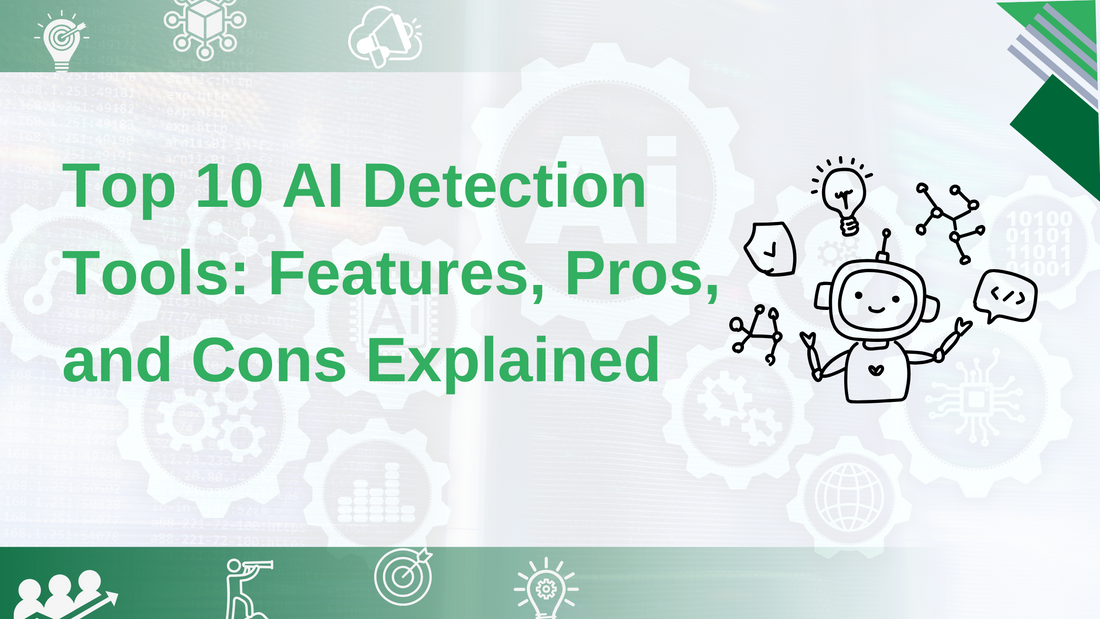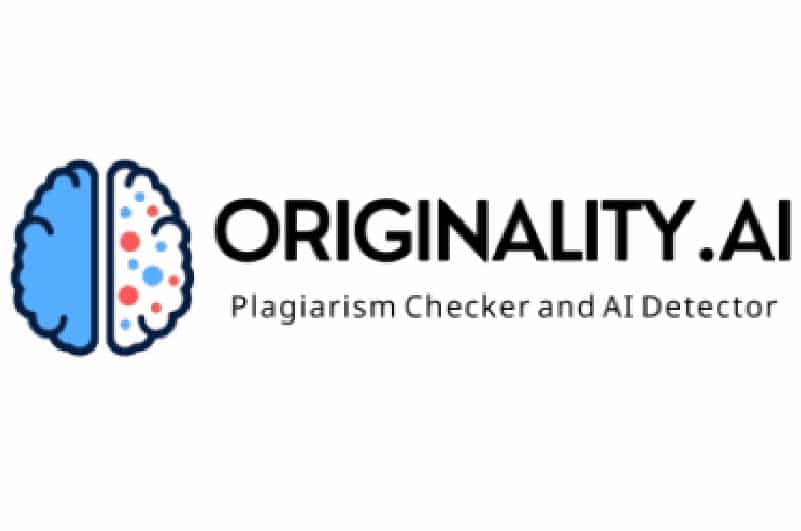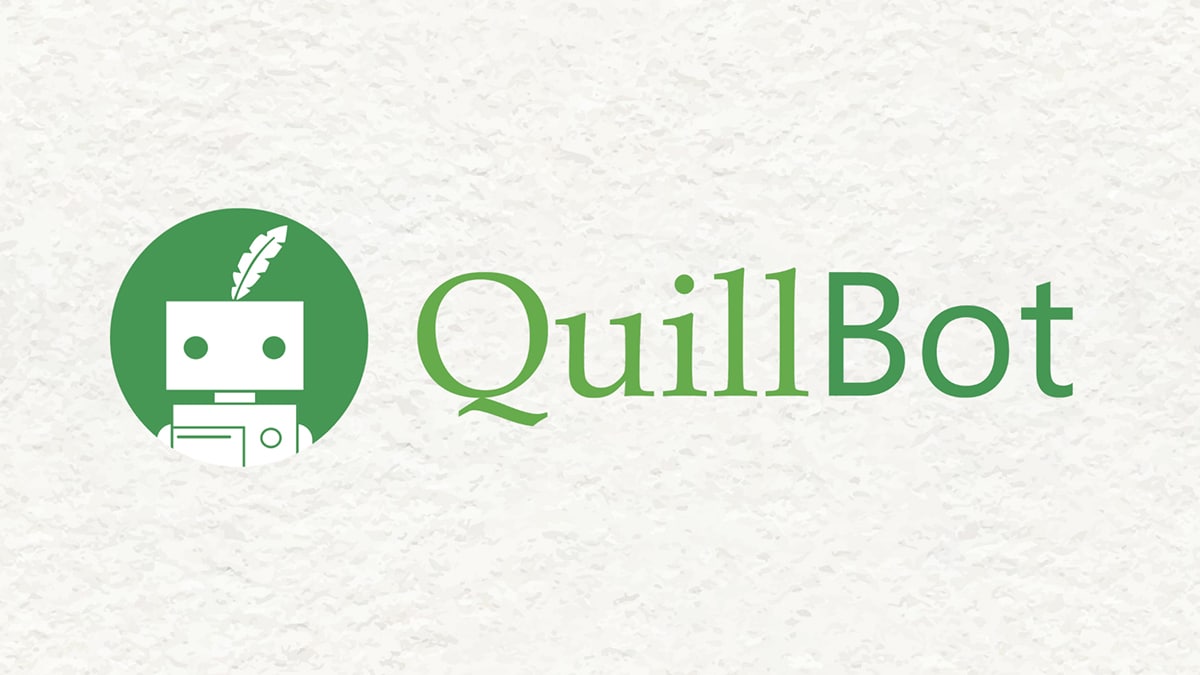
Top 10 AI Detection Tools: Features, Pros, and Cons Explained
Share
1. Originality.ai

Originality.ai is widely used by content publishers and agencies for its comprehensive detection capabilities across models like GPT-4 and Claude.Pros:
- Offers two models: Standard 2.0 and Turbo 3.0, providing flexibility based on risk tolerance.
- High accuracy with ChatGPT-generated content.
- Highlights AI-generated sections for easy identification.
- Mixed results with non-ChatGPT models.
- Requires account creation and has a minimum spending requirement
2. Scribbr

Scribbr offers both free and premium AI detectors, known for their user-friendly interface and high accuracy.
Pros:
- Premium version achieves 84% accuracy.
- Free version available with no sign-up required.
- Provides clear percentage likelihoods of AI generation.
- Premium version needed for higher accuracy.
- Limited to analyzing up to 500 words per check in the free version
3. QuillBot

QuillBot's AI detector is part of a suite that includes paraphrasing and text optimization tools.
Pros:
- No sign-up needed; easy to use.
- Provides detailed breakdowns of text classification.
- Supports multiple languages beyond English.
- Accuracy can vary; not as reliable as some premium tools.
- Detailed score analysis is limited to English texts
4. Copyleaks
Copyleaks specializes in detecting AI-generated text by recognizing deviations from human writing patterns.
Pros:
- Supports over 30 languages.
- Can detect mixed human-AI content.
- Offers tools for identifying AI-generated code.
5. Hive
Hive provides free AI detection tools for text, images, videos, and audio, identifying content generated by popular AI models like ChatGPT and DALL-E.
Pros:
- Free to use with no sign-up required.
- Offers additional moderation tools for harmful content.
- Provides a breakdown of which AI model likely created the content.
- Limited to short text inputs when using the browser extension.
- May not be as accurate for complex or highly mixed content
6. Winston AI
Winston AI is tailored for educators and publishers, boasting high accuracy in detecting AI-generated text across multiple languages.
Pros:
- Very high accuracy rates, up to 99.98%.
- Can identify paraphrased content.
- Provides readability scores and plagiarism checks.
- The interface might be complex for new users.
- Limited information on pricing and availability for larger-scale use
7. GPTZero
GPTZero is noted for its high accuracy in distinguishing between human and AI-generated content.
Pros:
- High reliability in tests with both human and AI articles.
- Offers detailed analysis features beyond just detection.
- Provides binary judgments without percentage scores.
- May require multiple runs for complex texts
8. Sapling
Sapling offers quick screening of content to differentiate between human-written and machine-generated text.
Pros:
- Free to use with no sign-up needed.
- Low false positive rate.
- Provides percentage likelihoods of AI involvement.
9. ZeroGPT
ZeroGPT offers a range of pricing plans from free to premium options, aiming to provide accurate detection capabilities.
Pros:
- Claims high accuracy rates in distinguishing between human and AI texts.
- Offers both free and paid plans for different needs.
- Accuracy claims are sometimes disputed by independent tests.
- The tool's interface can be confusing for new users
10. ContentDetector.AI
ContentDetector.AI offers a straightforward interface with decent accuracy in detecting ChatGPT-generated content.
Pros:
- Free to use with no sign-up required.
- Provides a clear percentage score indicating AI involvement.
- Accuracy may not match premium tools like Originality.ai or Scribbr’s premium version.
- Limited features compared to more comprehensive tools
